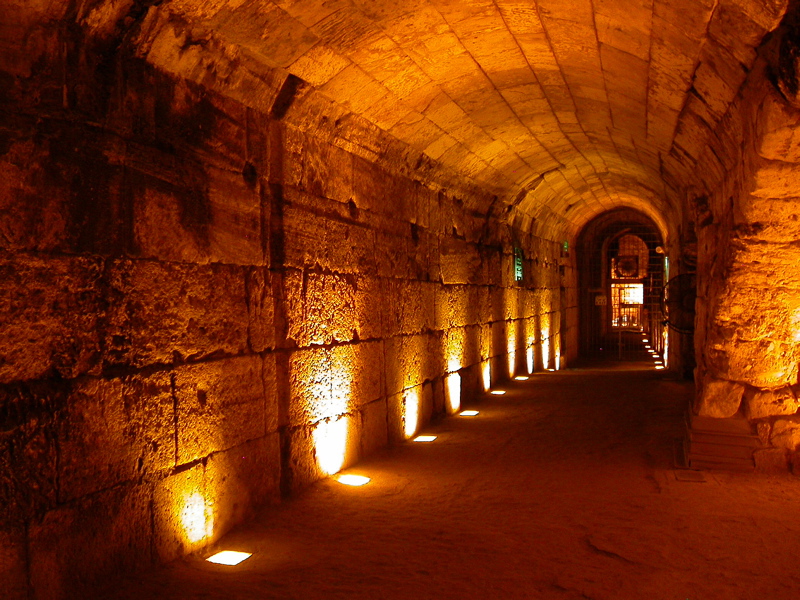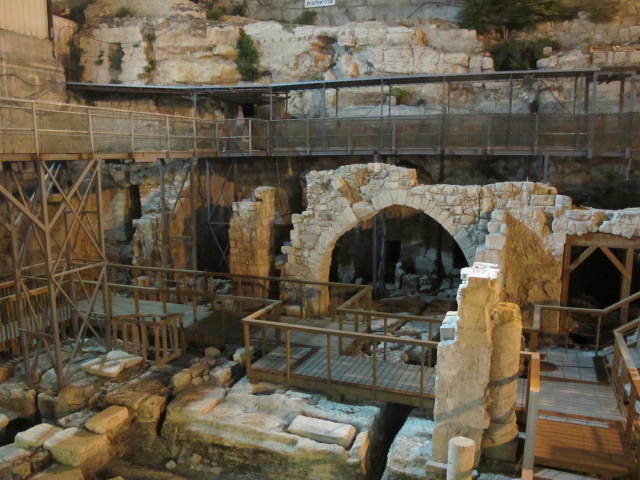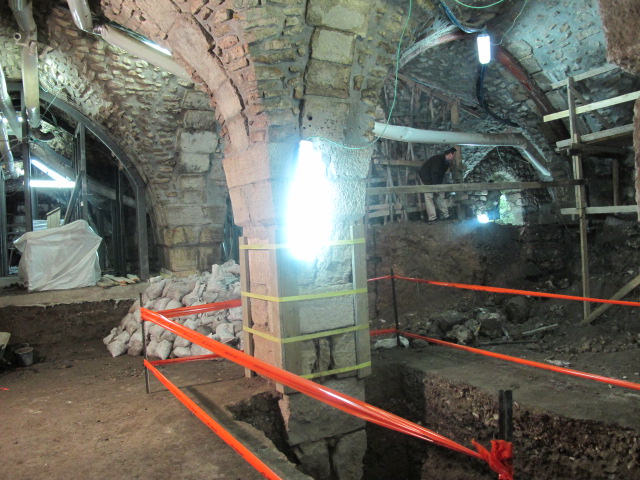Western Wall Tunnels
January 16th 2015
 What most people think of as the Kotel today is only a portion of the 2,000-year-old western retaining wall of the Second Temple in Jerusalem’s Old City. Lying beneath and to the west of the visible, above-ground Kotel is an underground complex that brings ancient Jerusalem alive.
What most people think of as the Kotel today is only a portion of the 2,000-year-old western retaining wall of the Second Temple in Jerusalem’s Old City. Lying beneath and to the west of the visible, above-ground Kotel is an underground complex that brings ancient Jerusalem alive.
Immediately after Israel’s victory in the Six Day War of 1967, the Israeli government authorized a long, highly complex archeological project of excavating the Western Wall in its entirety. After more than 20 years of painstaking archeological and engineering work, the Western Wall Tunnels, also called the Kotel Tunnels or Minharot HaKotel, were opened to the public.
 Located beneath the streets of the Old City, the rest of the Western Wall is one-third of a mile long. Using 3D models, the tour of the Western Wall tunnels begins with a visual presentation of the structure of the Temple Mount on which the First and Second Jewish Temples stood. You’ll walk through areas where the faithful have in our generation returned to pray, believing they are as close to the Temple’s Holy of Holies as is humanly possible to be today.
Located beneath the streets of the Old City, the rest of the Western Wall is one-third of a mile long. Using 3D models, the tour of the Western Wall tunnels begins with a visual presentation of the structure of the Temple Mount on which the First and Second Jewish Temples stood. You’ll walk through areas where the faithful have in our generation returned to pray, believing they are as close to the Temple’s Holy of Holies as is humanly possible to be today.
Look down when you walk over pieces of Plexiglas that reveal layers of Jewish history below the current Western Wall. Part of the way through the tour, you’ll sit in a stone theater and watch as your guide uses a motorized diagram to demonstrate the different phases of the development of the Temple Mount and surrounding areas.

A highlight is the single stone that’s so large and so heavy, contemporary engineers are baffled by how it could possibly have been set in place without machinery. Often called the Western Stone, it measures 45 feet long, 9.8 feet high and 11-15 feet wide and weighs close to 600 tons. You’ll end the tour at an underground water cistern that once provided water for the Temple itself and exit onto the Via Delorosa at its northern end.
Before the Western Wall Tunnels were opened to the public, walking paths, air conditioning, signs and lighting were added for the comfort of visitors. The site is now wheelchair accessible. Allow an hour and 15 minutes for the guided tour.











